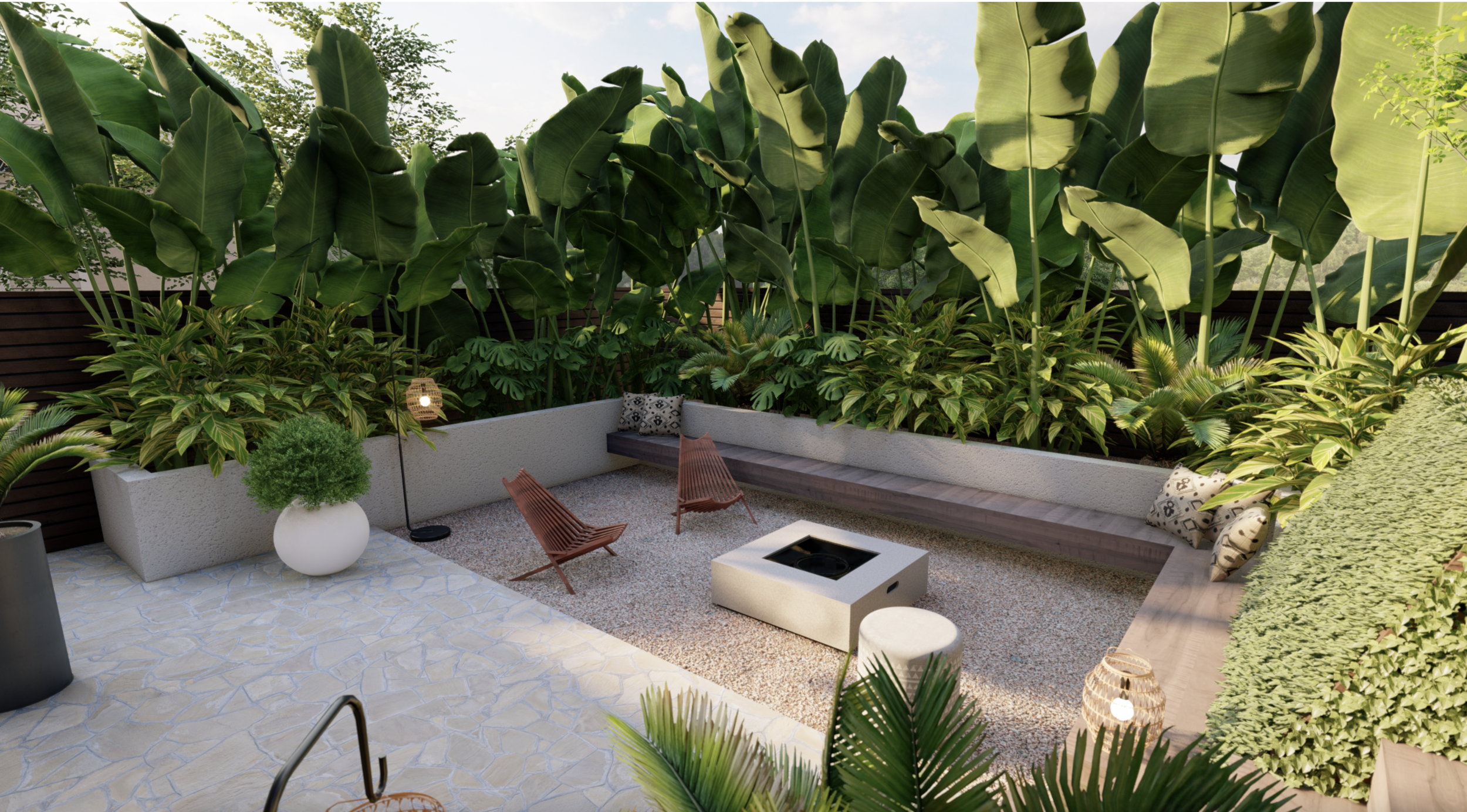
Patio Landscaping Ideas: Enhancing Your View with Plants and Hardscape
Introduction
A well-landscaped patio is an extension of your living space, providing a tranquil oasis for relaxation, entertaining, and enjoying the outdoors. By incorporating a harmonious blend of plants and hardscape elements, you can create a captivating outdoor environment that enhances your home’s aesthetics and provides a sanctuary for your senses.
Hardscape Elements
1. Pavers and Stones:
Pavers and stones create a durable and visually appealing foundation for your patio. Choose from a variety of materials, including brick, concrete, natural stone, and porcelain tiles, to match your home’s architectural style and personal preferences.
2. Fire Pits and Fireplaces:
Fire pits and fireplaces add warmth and ambiance to your patio, creating a cozy and inviting atmosphere for evening gatherings. Consider incorporating a built-in fire pit or fireplace into your design, or opt for portable options that can be easily moved around.
3. Retaining Walls:
Retaining walls provide stability to sloped areas, preventing soil erosion and creating level surfaces for seating or planting. Choose materials that complement your patio’s design, such as natural stone, brick, or concrete blocks.
4. Pergolas and Gazebos:
Pergolas and gazebos provide shade and protection from the elements, creating a sheltered outdoor space for dining, relaxing, or enjoying the view. Consider incorporating climbing plants or hanging baskets to enhance their visual appeal.
Plantings
1. Flowering Plants:
Incorporate flowering plants into your patio design to add color and fragrance. Choose varieties that bloom throughout the year, such as roses, hydrangeas, and lavender, to create a continuous display of beauty.
2. Evergreens:
Evergreens provide year-round structure and privacy to your patio. Choose varieties that are suitable for your climate and soil conditions, such as boxwoods, junipers, and arborvitae.
3. Groundcovers:
Groundcovers create a lush, low-maintenance carpet beneath your patio plantings. Choose varieties that are tolerant of foot traffic, such as creeping thyme, sedum, and pachysandra.
4. Trees:
Trees provide shade, privacy, and a sense of grandeur to your patio. Choose varieties that are appropriate for the size of your space, such as Japanese maples, dogwoods, or ornamental pears.
5. Vines:
Vines add vertical interest and privacy to your patio. Train them to climb trellises, arbors, or pergolas, creating a lush and inviting atmosphere. Consider varieties such as clematis, ivy, or climbing roses.
Design Considerations
1. Focal Point:
Create a focal point for your patio, such as a water feature, fire pit, or sculpture, to draw the eye and provide visual interest.
2. Privacy:
Incorporate plants and hardscape elements to create privacy from neighboring properties. Use tall shrubs, trees, or fencing to block unwanted views.
3. Lighting:
Enhance the ambiance of your patio with outdoor lighting. Consider path lights, spotlights, and string lights to create a warm and inviting atmosphere at night.
4. Drainage:
Ensure proper drainage for your patio to prevent waterlogging and damage to plants and hardscape elements. Slope the surface away from your home and install drainage systems, such as French drains or dry wells.
5. Accessibility:
Design your patio to be accessible to all users, including those with disabilities. Provide ramps or gradual slopes, and ensure that pathways are wide enough for wheelchairs or walkers.
Conclusion
By incorporating a thoughtful blend of plants and hardscape elements, you can create a patio landscape that enhances your view, provides a sanctuary for relaxation, and adds value to your home. Whether you prefer a formal garden, a cozy retreat, or a modern oasis, there are endless possibilities to transform your patio into a captivating outdoor space that you and your loved ones will cherish for years to come.